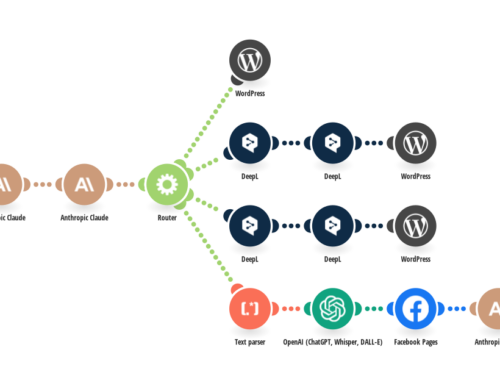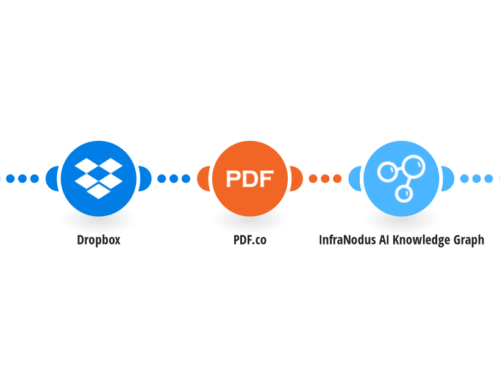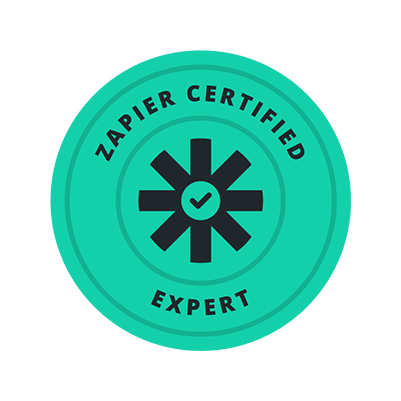How to Reduce Bias in AI-Powered Hiring Tools: A Step-by-Step Guide for HR Leaders
AI-driven hiring tools are rapidly transforming talent acquisition by automating resume screening, candidate ranking, and more. However, with this power comes responsibility. Without proper oversight, these systems can amplify historical inequities and perpetuate discrimination—sometimes in ways that are hard to detect. For HR leaders, reducing bias in AI systems is not just an ethical imperative but also a business and legal necessity. This guide provides a comprehensive, step-by-step approach to help HR teams identify, mitigate, and monitor bias in their AI-powered hiring solutions. Each step reflects industry best practices and aligns with regulatory expectations to ensure your hiring processes are as fair, transparent, and compliant as they are efficient.
Step 1: Conduct a Bias Audit
The first step in reducing bias in AI-powered hiring tools is to conduct a thorough audit of your current system. This audit involves analyzing the outcomes of your existing recruitment process, especially focusing on areas where decisions are made or influenced by AI. Are certain demographic groups consistently being screened out? Are there unexplained disparities in hiring rates between men and women, or among different racial groups? Using statistical methods like the four-fifths rule can help detect these issues. Additionally, many third-party tools and services are available that specialize in fairness auditing for machine learning models. These platforms allow you to input datasets and receive an analysis of potential bias across protected categories. The audit should be both quantitative (measuring pass/fail rates across demographics) and qualitative (assessing model explainability and vendor practices). Once issues are detected, you can begin addressing the root causes in later steps. Make sure to document the audit process thoroughly, as it can be a critical part of demonstrating compliance with regulatory bodies and internal governance teams.
Step 2: Review and Clean Training Data
Bias in AI often originates in the data it’s trained on. Historical hiring decisions—especially those shaped by unconscious bias or lack of diversity—can bake discriminatory patterns directly into your algorithms. This is why reviewing and cleaning your training data is a crucial second step. Begin by evaluating the demographic makeup of your training datasets. Are they heavily skewed toward a particular gender, race, or educational background? If so, your AI model may have learned to favor candidates that resemble those already in your workforce. Mitigation strategies include oversampling underrepresented groups, anonymizing sensitive features, or applying fairness-aware reweighting techniques during training. You should also examine whether your dataset includes variables that are correlated with protected characteristics (e.g., name, ZIP code, or alma mater). Removing or neutralizing these proxies can drastically reduce bias. Importantly, keep an audit trail of all changes made to your data. This transparency is not only good practice—it’s often required under regulations like GDPR and EEOC guidelines. Clean training data builds a stronger foundation for a truly fair and inclusive hiring tool.
Step 3: Eliminate Proxy Variables
Even when explicit demographic variables (like gender or race) are removed from an AI model, it may still learn to discriminate by relying on proxy variables—data points that are correlated with protected attributes. ZIP codes, for example, often correlate strongly with socioeconomic status and race. School names can signal both geography and class. If left unchecked, these proxies can lead to discriminatory outcomes despite appearing neutral. To address this, start by running a correlation analysis to identify which features are acting as proxies. Look at how certain fields align with demographic breakdowns and hiring outcomes. Then, work with your data science or vendor team to either remove or transform these fields. You may choose to bin ZIP codes into regions, generalize university prestige, or eliminate fields altogether. Remember, the goal isn’t to strip out valuable signal, but to prevent the model from drawing unfair inferences. Document every field transformation and ensure explainability at each step. Removing proxies is essential to breaking the cycle of “machine-learned discrimination” and supporting lawful, fair hiring practices.
Step 4: Add Human Oversight (Human-in-the-Loop)
Automation in hiring can streamline operations and reduce workload, but full automation carries risks—especially when dealing with candidate selection. Human-in-the-loop (HITL) design ensures that people remain actively involved in critical decision-making steps. For example, AI might be used to rank candidates or flag promising resumes, but a recruiter should always review and confirm those rankings before proceeding. This approach blends machine efficiency with human judgment, allowing you to catch errors, contextualize edge cases, and reduce the chance of unjust rejections. HITL is especially valuable when dealing with nuanced roles where personality, team fit, or lived experience plays a large role in success. Build workflows where recruiters are prompted to review AI decisions and provide override capabilities. Train hiring teams on how to use AI responsibly, emphasizing that the tool is a co-pilot—not an autopilot. This hybrid model reinforces fairness, accountability, and compliance, and it aligns with upcoming AI regulations that prohibit “black-box” hiring decisions.
Step 5: Monitor for Model Drift
Once your AI system is live, it’s not a set-it-and-forget-it solution. Over time, model performance can degrade due to changing labor markets, resume formats, language usage, or candidate behavior—a phenomenon known as model drift. Drift can cause unintended biases to resurface, skew decision-making, or reduce accuracy. That’s why continuous monitoring is a core component of ethical AI governance. Start by establishing baseline metrics for fairness and performance when the model is deployed. Then track these metrics over time across different demographic groups. If outcomes begin to deviate, investigate whether your training data needs updating or if certain features are becoming outdated. Set up alerts or dashboards using bias monitoring tools (many ATS and AI vendors offer this). Schedule periodic retraining cycles and ensure they incorporate fresh, representative data. By implementing a feedback loop, you prevent model decay and ensure that your system evolves alongside your organization’s hiring practices and DEI goals.
Step 6: Publish Your Ethical AI Policy
Transparency builds trust. Publishing an Ethical AI Policy signals to candidates, regulators, and employees that your organization takes fairness seriously. Your policy should outline how you use AI in the hiring process, what safeguards are in place to prevent bias, how candidate data is handled, and what recourse candidates have if they feel unfairly treated. Include information on the steps outlined in this guide—like bias audits, proxy removal, and HITL reviews. Clarify how often the AI is reviewed, who is responsible for oversight, and what your organization’s commitment is to DEI. Make sure the language is clear, not overly technical, so it’s accessible to a wide audience. Once finalized, publish this policy on your careers page or data privacy center. Invite feedback and be open to iteration. Ethical AI policies aren’t just good PR—they’re part of a growing legal expectation and an important component of long-term hiring integrity.





